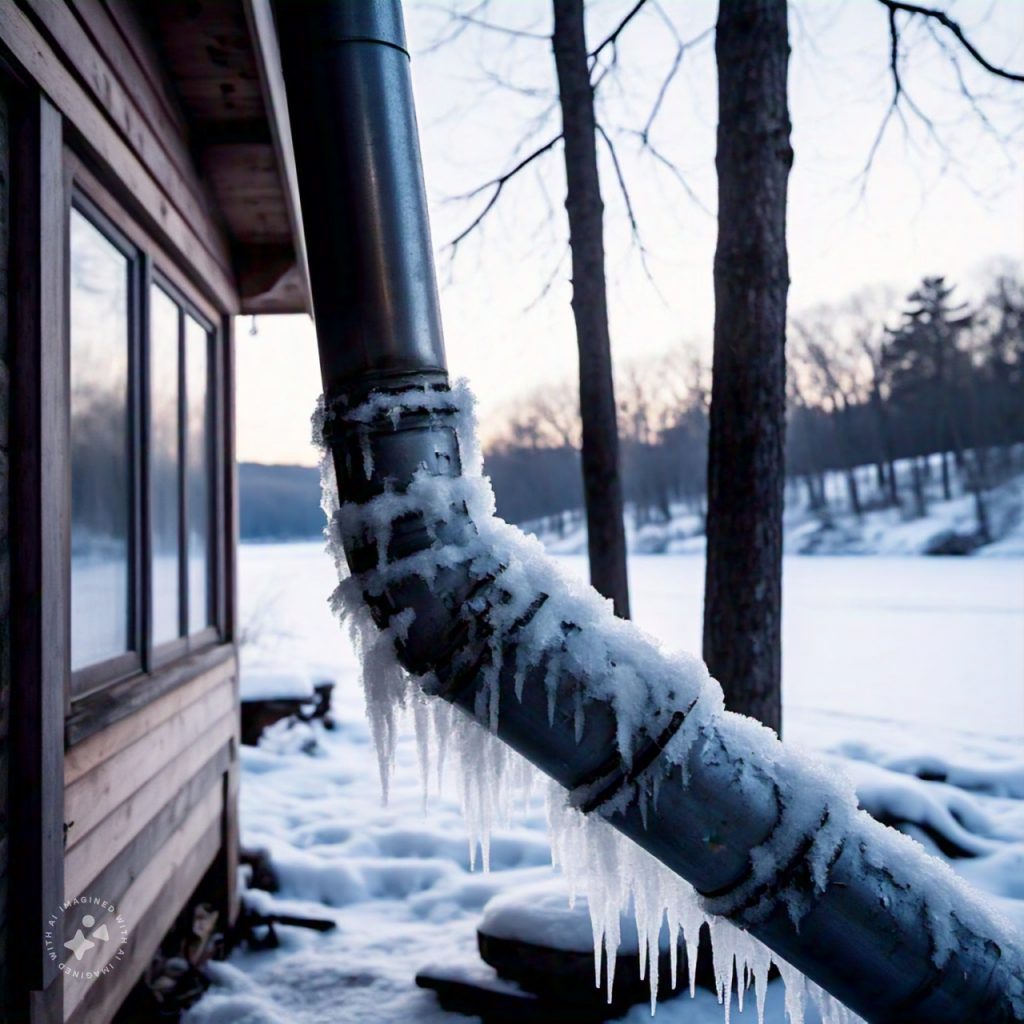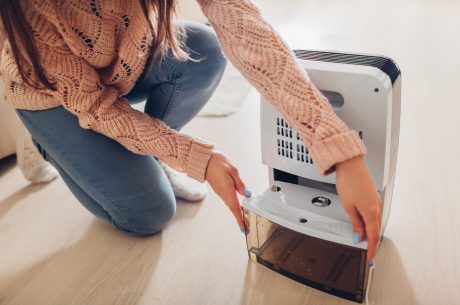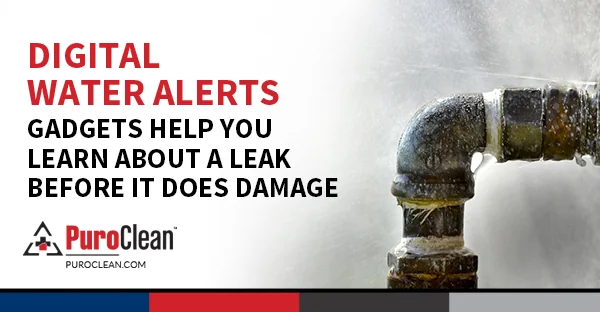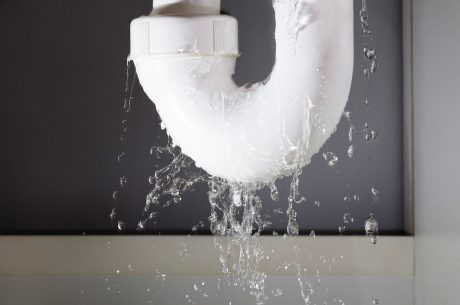Table of Contents
Fronzen Pipes: Winter is a magical season, but it brings with it a host of challenges for homeowners, with frozen pipes ranking high among them. When water freezes inside a pipe, it expands, potentially causing the pipe to burst and leading to severe water damage. This comprehensive guide explores the risks, prevention strategies, and what to do if your pipes freeze.
The Risks of Frozen Pipes
Frozen pipes are not just a plumbing inconvenience, they can have serious consequences:
- Burst Pipes: Water expands as it freezes, exerting pressure that can cause pipes to crack or burst.
- Water Damage: A burst pipe can release hundreds of gallons of water, damaging walls, floors, and personal belongings.
- Mold Growth: Water from a burst pipe can create a moist environment perfect for mold and mildew.
- Expensive Repairs: Fixing burst pipes and addressing water damage can cost thousands of dollars.

How to Prevent Frozen Pipes
Prevention is the best defense against frozen pipes. Here are key strategies:
1. Insulate Pipes
- Use foam insulation or pipe sleeves to cover pipes in unheated areas such as basements, attics, garages, and crawl spaces.
- Apply heat tape or heat cables to pipes prone to freezing for additional protection.
2. Seal Gaps and Cracks
- Check your home’s exterior for gaps around pipes entering walls. Seal them with caulk or expanding foam to block cold air.
- Insulate walls, floors, and ceilings where pipes are located to prevent exposure to freezing temperatures.
3. Maintain Indoor Temperature
- Keep your thermostat set at a minimum of 55°F, even when you’re away.
- Open cabinet doors under sinks to allow warm air to circulate around pipes during cold spells.
4. Let Faucets Drip
- On extremely cold nights, let cold water trickle from faucets served by exposed pipes. Moving water is less likely to freeze.
5. Disconnect Outdoor Hoses
- Remove and drain garden hoses and shut off water to exterior faucets. Use faucet covers for added protection.
6. Winterize Plumbing in Vacant Properties
- Drain the water system and shut off the main water supply in unoccupied homes during winter months. Add antifreeze to drains to prevent freezing.
Recognizing Frozen Pipes
Early detection is critical to minimizing damage. Signs of frozen pipes include:
- Frost on the pipe exterior.
- Limited or no water flow from faucets.
- Strange noises, such as gurgling or banging, when turning on faucets.
If you suspect a frozen pipe, take immediate action to prevent it from bursting.
For immediate assistance with Water damage restoration, contact PuroClean Disaster Restoration, Call (+1) 317-467-4436
What to Do If Pipes Freeze
1. Turn Off the Water
- Shut off the main water valve to prevent flooding if the pipe bursts.
2. Thaw the Pipe
- Use a hairdryer, heat lamp, or portable heater to thaw the pipe, starting from the faucet end and moving toward the frozen section.
- Avoid open flames or devices like propane torches, which can damage pipes or start a fire.
3. Call a Professional
- If you cannot locate the frozen section or the pipe has burst, contact a licensed plumber immediately.
Long-Term Solutions for Winter Pipe Protection
For a more permanent solution, consider these upgrades:
1. Install Pipe Heating Systems
- Electric heating systems for pipes can prevent freezing in high-risk areas.
2. Upgrade Insulation
- Improve your home’s overall insulation, especially in basements and attics, to maintain a consistent indoor temperature.
3. Relocate Exposed Pipes
- Move pipes to interior walls or heated spaces to reduce freezing risks.
4. Use Smart Technology
- Install a smart thermostat to monitor and maintain consistent indoor temperatures.
- Use leak detection systems to alert you to potential water issues.
The Cost of Neglect
Failing to protect your pipes can result in devastating consequences:
- A single burst pipe can spill thousands of gallons of water in a matter of hours.
- Mold remediation, structural repairs, and replacing damaged items can cost tens of thousands of dollars.
- Many insurance policies cover water damage, but there are often limitations if negligence is found.
Conclusion
Frozen pipes are a common yet preventable winter hazard. By insulating pipes, maintaining indoor temperatures, and taking proactive measures, you can safeguard your home from the costly consequences of a burst pipe. Stay vigilant, act quickly, and invest in long-term solutions to enjoy a safe and stress-free winter.



 PuroClean Home Savers
PuroClean Home Savers